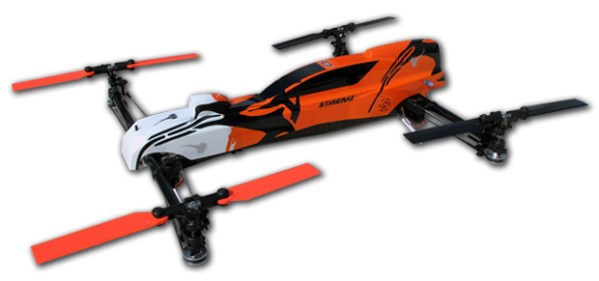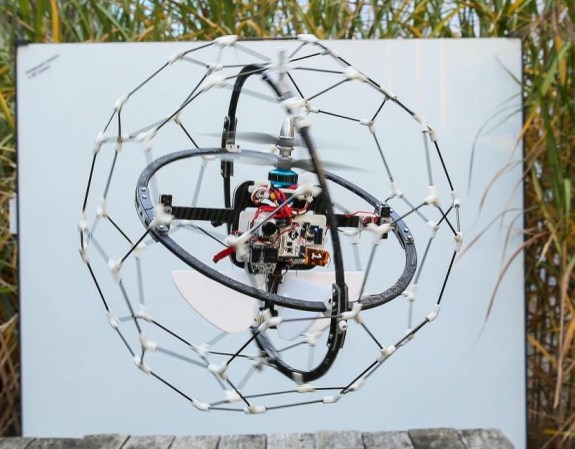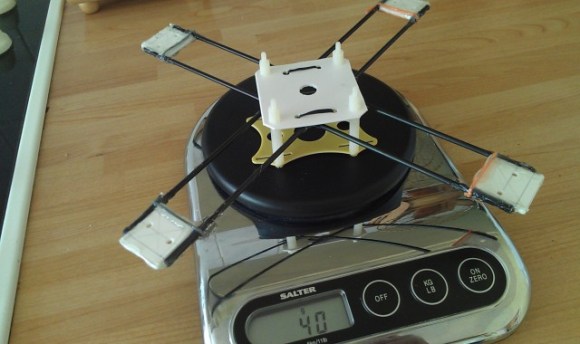Quadcopters are gradually becoming more affordable and thus more popular; we expect more kids will unwrap a prefab drone this holiday season than any year prior. [Samy’s] got plans for the drone-filled future. He could soon be the proud new owner of his own personal army now that he’s built a drone that assimilates others under his control.
The build uses a Parrot AR.Drone 2.0 to fly around with an attached Raspberry Pi, which uses everybody’s favorite Alfa adapter to poke around in promiscuous mode. If the SkyJack detects an IEEE-registered MAC address assigned to Parrot, aircrack-ng leaps into action sending deauthentication requests to the target drone, then attempts to take over control while the original owner is reconnecting. Any successfully lassoed drone doesn’t just fall out of the sky, though. [Samy] uses node-ar-drone to immediately send new instructions to the slave.
You can find all his code on GitHub, but make sure you see the video below, which gives a thorough overview and a brief demonstration. There are also a few other builds that strap a Raspberry Pi onto a quadcopter worth checking out; they could provide you with the inspiration you need to take to the skies.


















